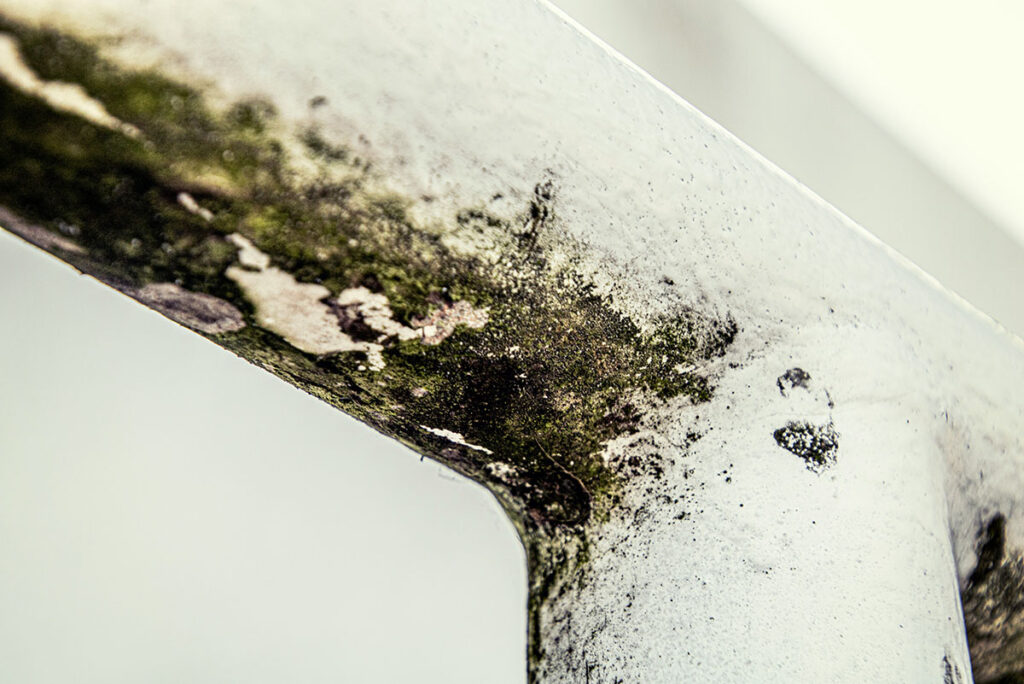ISO 16000-18 Detection of Endotoxins in Indoor Air Samples
The detection and quantification of endotoxins in indoor air are critical for understanding the potential health impacts on occupants. ISO 16000-18 provides a standardized method for detecting endotoxins using the Limulus Amoebocyte Lysate (LAL) assay, which has been widely accepted globally as an effective and reliable technique.
Endotoxins are components of Gram-negative bacteria cell walls that can trigger inflammatory responses in humans. These responses range from mild symptoms such as sneezing or coughing to more severe conditions like asthma exacerbation or even life-threatening reactions in individuals with compromised immune systems. By detecting endotoxin levels, facilities and organizations can ensure they meet regulatory standards for safe indoor air quality.
The ISO 16000-18 method involves collecting air samples using a specific type of air sampler designed to capture particles that include endotoxins. The collected samples are then analyzed using the LAL test, which measures the amount of endotoxin present by monitoring the clotting time of the amoebocyte lysate.
Our laboratory adheres strictly to ISO 16000-18 guidelines for all testing procedures. We use certified air samplers and reagents to ensure accuracy and precision in our results. Our team of experts ensures that every step from sample collection to final analysis is conducted under controlled conditions, minimizing the risk of contamination or error.
Understanding the significance of endotoxin levels in indoor environments allows facilities managers to make informed decisions about their building maintenance and cleaning practices. Regular monitoring helps identify potential sources of endotoxins early on, allowing for corrective actions to be taken before they pose a significant health risk.
In addition to compliance with regulations such as OSHA's PEL (Permissible Exposure Limits), our service also assists organizations in meeting the requirements set forth by other standards like ANSI/ASHRAE 170-2018, which focuses on healthcare facilities. By providing accurate and reliable endotoxin detection services based on ISO 16000-18, we contribute to creating healthier indoor environments for everyone.
Why It Matters
The importance of detecting endotoxins in indoor air cannot be overstated. Endotoxins have been linked to various respiratory issues, including asthma and other allergic reactions. For instance, studies have shown that exposure to high levels of endotoxins can exacerbate symptoms for people who already suffer from these conditions.
Moreover, the presence of endotoxins in indoor spaces may indicate poor hygiene practices or inadequate ventilation systems within buildings. This could lead to not only health concerns but also increased absenteeism and reduced productivity among employees working in such environments.
- Potential for respiratory issues
- Increased risk of allergies
- Exacerbation of existing conditions like asthma
- Indication of poor hygiene practices
- Affected ventilation systems causing discomfort and decreased productivity
By identifying and addressing the presence of endotoxins early, organizations can prevent these adverse effects from becoming more severe. Our ISO 16000-18 testing service offers a proactive approach to maintaining optimal indoor air quality.
Industry Applications
| Application Area | Description |
|---|---|
| Hospitals and Healthcare Facilities | To ensure patient safety by minimizing the risk of infections related to endotoxins. |
| Offices and Schools | To promote a healthier indoor environment for employees and students alike. |
| Data Centers | To prevent potential disruptions due to compromised air quality affecting equipment performance. |
| Laboratories | To maintain sterile conditions essential for research activities involving microorganisms. |
Each of these applications highlights how detecting endotoxins plays a crucial role in maintaining safe and productive indoor spaces across various sectors. Whether it's protecting vulnerable populations or ensuring optimal operational efficiency, our ISO 16000-18 service is tailored to meet the unique needs of each industry.
International Acceptance and Recognition
- The LAL test has been recognized by numerous international organizations including WHO (World Health Organization).
- Apart from ISO 16000-18, it is also referenced in other standards such as EN 14790 for HVAC systems.
- It supports compliance with OSHA PELs and ANSI/ASHRAE guidelines.
- The test results are widely accepted across Europe through the European Committee for Standardization (CEN).
This widespread acceptance underscores the reliability of ISO 16000-18 as a global standard for endotoxin detection. The consistent methodology ensures that regardless of location, the testing results remain comparable and valid.





